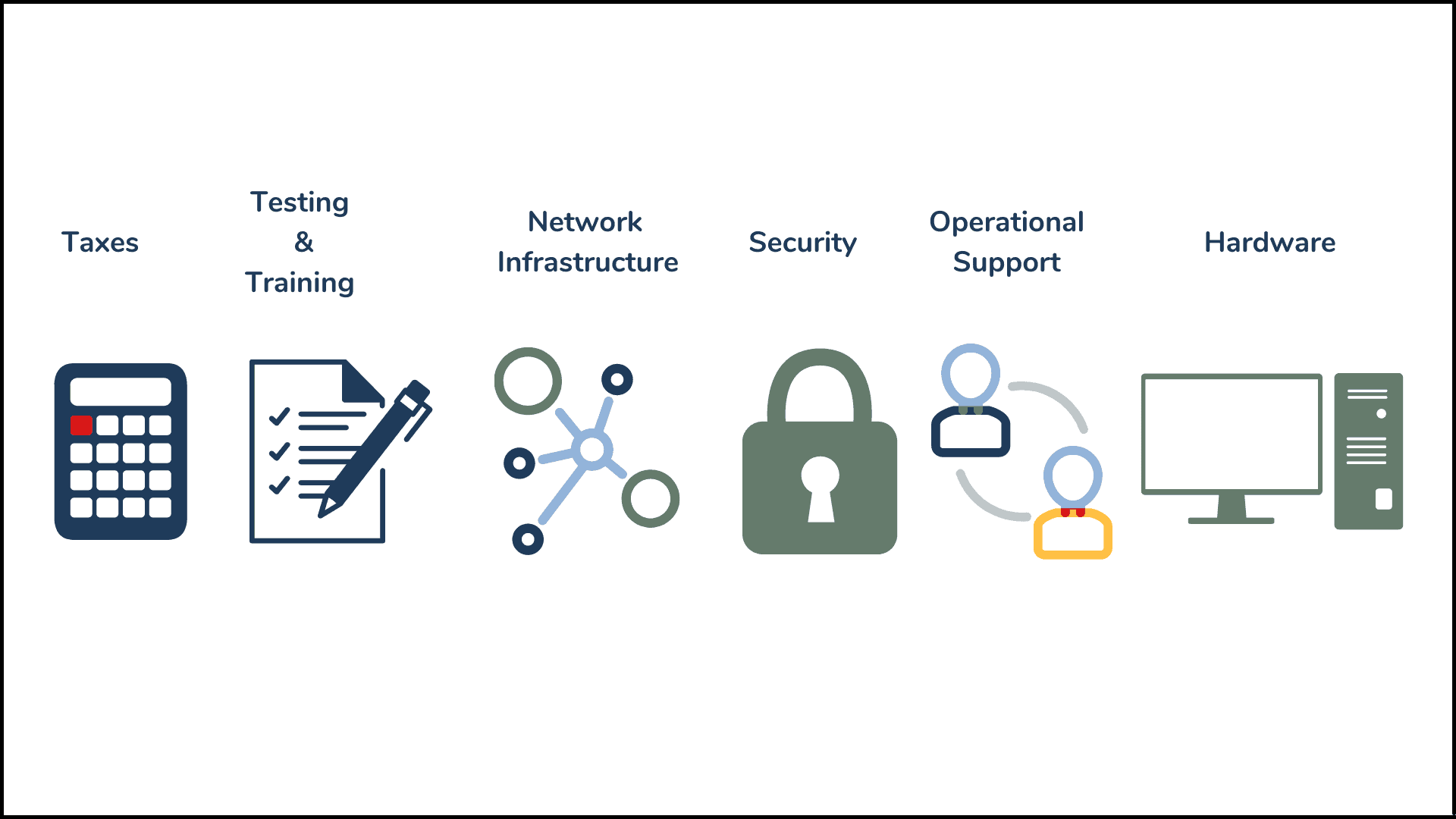Sometimes, the process of buying tech can feel like you’re on rails. The vendor leads your team through some demos, gives you their standard contract, and then gets you set up on their implementation plan. Even if you wanted to, it’s difficult to know when you can change course.
The vendor wants to make things as easy as possible. But this means that sometimes, clients feel powerless when buying an enterprise tech solution. How can you as a buyer take back control of what is a chaotic buying process? You’re narrowing down the list of vendors, but you feel like there are still a lot of variables out there. In the path to finalizing configuration, make sure you plant the seeds to leverage a negotiation.
At CXponent, we want our customers to have as much power as possible. Here are 7 points of leverage that give you more negotiating power when buying tech.
1. Manipulate the timeline of your purchase.
We’ve all dealt with overzealous sales reps who try to push a deal through to hit a certain deadline. Sometimes, getting a deal done by the end of the quarter or year can mean a big bonus for these reps. This means they push hard to get a deal done. It also means they can be extremely irritating in their quest for cash.
You can use this to your advantage. If a sales rep is desperate to get a deal done, they’re more likely to give you better pricing, or bundle in more products. If you know how long it takes to push a deal through on your end, you can time your purchases to maximize savings.
2. Be flexible with your implementation.
Contact center implementations can be difficult – we’ve written about the risks and work of implementations before. Many times, clients want to slowly ramp up new CCaaS solutions. Starting with just one BU or small team minimizes risk.
However, these slow ramp-ups mean that vendors take longer to get paid. Oftentimes, they’ll lower license rates, implementation fees, and other costs to encourage faster adoption. If you’re confident in your team’s ability to move fast on an implementation, you can save real money by committing to a shorter timeline.
3. Be clear about the future of your business.
When negotiating with a vendor, your natural inclination might be to keep your intentions close to your chest. By giving as little information as possible, you ensure that the vendor can’t back you into a corner, right?
Not necessarily. Sometimes, the best thing you can do is be honest about your organization’s future. If your company is primed for huge growth, that means that a vendor’s revenue will skyrocket as well. By sharing this info, vendors are more likely to go easy on pricing – they know they’ll make significantly more money as your company expands.
4. Bring in an executive – early.
Oftentimes, C-level executives and other high-ranking team members never meet with vendors until the very end. Once all the details are worked out, these executives give their blessing and sign the contract. Sometimes, a vendor rep doesn’t even meet with executives at all.
If you’re serious about a specific product, bring your executive into a meeting earlier in the buying process. This signals your seriousness to the vendor reps, who are more willing to work with you. Additionally, these reps might accelerate a deal so they can impress your company’s leaders. Finally, an executive team member can help add credence to any narratives of growth you’re sharing with the vendor.
5. Signal your willingness to participate in a case study or be a reference client.
A lot of times, vendors need people to vouch for them. Marketing case studies help their team sell more efficiently, and reference clients can help vendors seal the deal with new prospects. Occasionally, a vendor will add a monetary incentive if you offer to participate in case studies and references.
In the past, some clients have been unwilling to do this. It’s understandable – what if the new product turns out to be a disaster? To avoid this, you can qualify your participation based on specific performance metrics. This way, you get the financial benefits of a case study or a reference, and the vendor has an incentive to keep you as happy as possible. It’s a win-win.
6. A longer contract term can mean a lower monthly cost.
Most telco/IT contracts are based on a 3-year term. However, we’ve seen vendors give huge discounts for longer terms. This means more money overall for the vendor, but it comes at a lower OpEx for you.
We’ve seen telco prices historically go down over time. Conversely, we’ve also seen IT software prices steadily trend upward. A longer-term contract locks you into a set price for longer, meaning you can avoid market price fluctuations or trends.
Again, we’ve seen clients be reluctant to agree to longer contracts. The fear comes from uncertainty – what if the product doesn’t meet expectations? What if something better hits the market, but you’re locked into a lengthy contract? To get around this, just make sure you get a decent opt-out clause in your contract: if the vendor doesn’t perform, you shouldn’t have to keep paying them.
7. Get creative with structuring credits.
Vendors will occasionally offer monthly credits during the buying process. They do this to add incentives and accelerate a deal. Manipulating these credits can lead to huge savings: think about how a credit at the beginning, middle, or end of a contract term will affect your overall costs.
Credits can be a good tool for you as well as for the vendor. If you’re close to signing a contract but have just a few hurdles to clear, try asking for credit – you might be surprised at what the vendor is willing to offer.
Where did these tips come from?
We learned these techniques by practicing them. At CXponent, our team has years of experience advocating for clients during negotiations. These are seven of the most common ways we were able to increase cost savings and tilt the balance of power in favor of the client.
When should I use these points of leverage?
Although these tips are most applicable during the vendor down selection and contract negotiation steps of the buying process, you can use them at any time! However, we don’t recommend trying to use them all at the same time, but a mixture of two to three of these can be used at any point to increase leverage when buying IT.
How can CXponent help me during vendor negotiations?
Our channel relationships mean that we have an extra ability to gain leverage with vendors during negotiations. Working with a third-party partner doesn’t mean you have less leverage; it means you have more. We use every tool at our disposal to get you the best possible rates.
We’ve been there before – we serve as your advocate throughout the entire buying process, and that includes during contract negotiations.
See: What's the fastest way to build trust during the vendor selection process.


.png)


